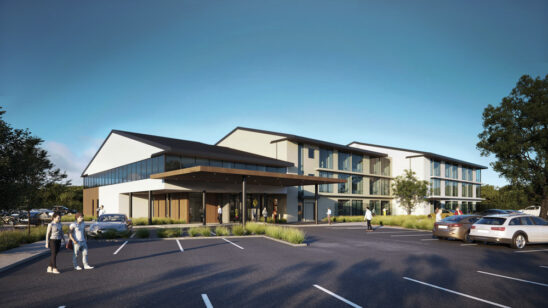
Five step decisions
When council buildings close, communities lose access to spaces to meet, socialise and access services, which can impact social and economic wellbeing.
Five years on from the 2016 Kaikōura earthquake, a new decision-making framework is being launched to help councils navigate their legal obligations around managing earthquake-prone council buildings.
The introduction of the Building (Earthquake-prone Buildings) Amendment Act 2016, alongside the Health & Safety at Work Act 2015, led some territorial authorities to rapidly close council buildings that were below 34 percent of the new building standard (NBS). This was despite there being no explicit legal requirement to suspend occupancy.
The research that underpins the decision framework was undertaken after establishing differences in territorial authorities’ understanding of legislation relevant to earthquake-prone council buildings. The new framework addresses the fact that some territorial authorities lack a formal documented process for making public policy decisions about earthquake-prone council buildings.
The BRANZ-led project was a collaboration with Resilient Organisations, Kestrel Group, the University of Canterbury’s Institute of Law, Emergencies and Disaster (LEAD), and Massey University’s Joint Centre for Disaster Research. Several councils were involved in co-designing the framework by sharing information about who made the decisions, what the key drivers were and how engineering risk information was interpreted, evaluated, and acted upon.
BRANZ social scientist and project lead Michael Nuth says the framework helps weigh-up all the risks and benefits associated with whether to close a council building.
“The framework gives consideration to factors such as the number of building occupants, the average time spent in the building, and the duration the building will be occupied while earthquake-prone. In addition, it brings in the social and economic consequences of closure.
“It’s been a highly collaborative project with expertise coming from a range of project partners, as well as several councils. We really hope all councils will find the framework useful in their decision making,” says Mr Nuth.
The framework consists of five steps that generally align with the international standard for risk management (IS0 31000), stepping users through the risk identification, assessment and treatment phases of risk management. It can be downloaded at the BRANZ website: www.branz.co.nz



